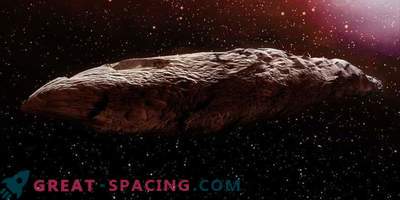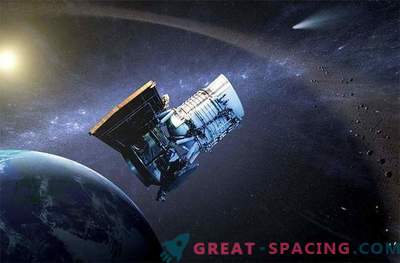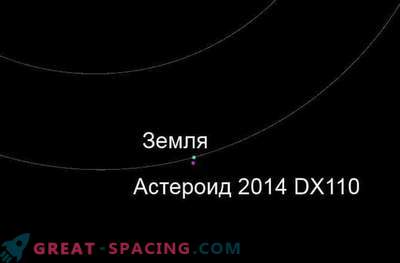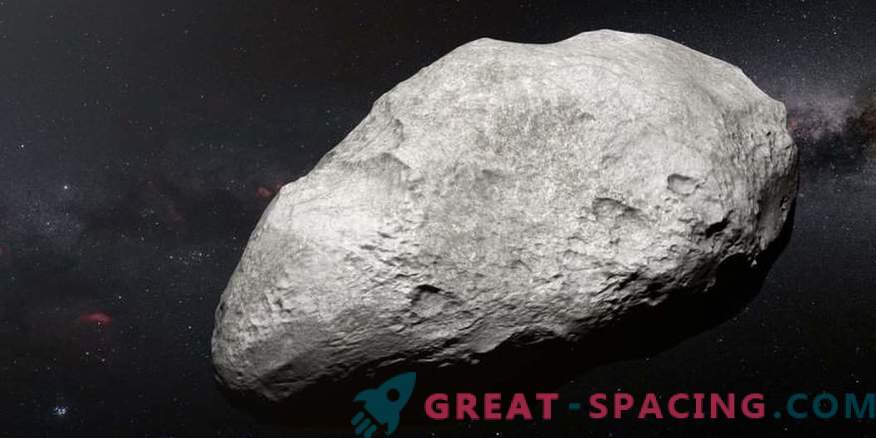
Astronomers managed to find an asteroid, whose orbital path around the Sun takes only 165 Earth days. This is the shortest period for any known asteroid. It is believed that the space rock AQ3 2019 is capable of being part of a large-scale and almost unknown population living in the inner solar system.
AQ3 2019 is a rare asteroid, however in space there may be similar objects that have not yet appeared in the survey. It is important to understand that the AQ3 2019 orbital path is not considered the fastest. For example, Mercury takes only 88 days to fly around the Sun. But researchers consider cosmic rock to be unique.
For the first time, AQ3 2019 was noticed on January 4 in the pictures of the ZTF (Zwicky Transient Facility) program. This is a celestial camera installed on the 122-centimeter Samuel Oshin telescope at the Palomar Observatory (Southern California).
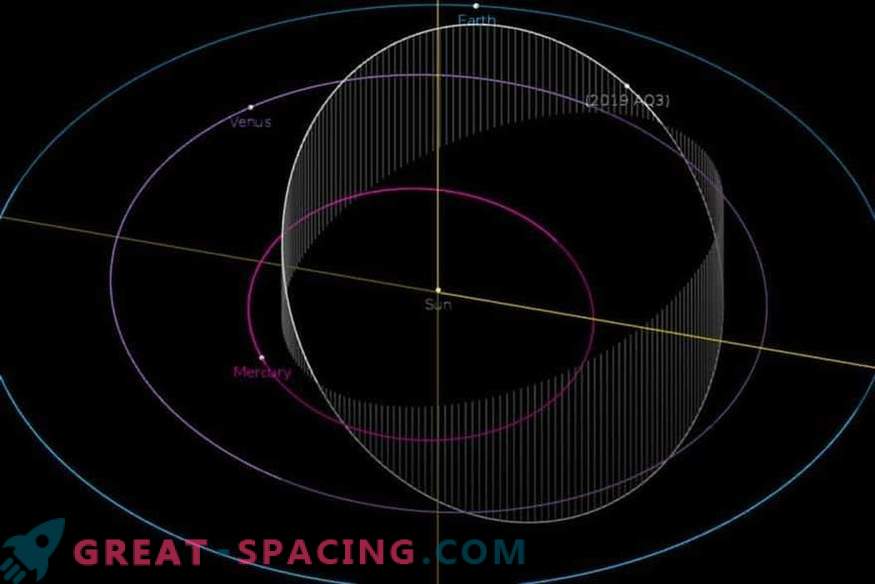
The diagram represents the orbit of asteroid 2019 AQ3, endowed with the shortest orbital period around the Sun among asteroids. It is only 165 Earth days.
The ZTF camera, which began work in March 2018, scans the entire visible northern sky every three nights. The wide field of view and high frequency of shooting allow us to observe supernova explosions, asteroids and other transients or astronomical phenomena. The camera has already managed to find 60 new near-Earth asteroids.
The team reported the discovery of 2019 AQ3 to the Minor Planet Center - the organization responsible for collecting and coordinating information about asteroids and comets in the solar system. Then several research groups observed the object on January 6-7 at various telescopes. Astronomers also studied archival data and recorded hints of 2019 AQ3 in Pan-STARRS (Hawaii) images starting in 2015. All the information collected allowed us to accurately display the asteroid orbit. The researchers found that 2019 AQ3 approaches the Sun along an elliptical trajectory that affects the orbit of Mercury with the closest approach and Venus at the farthest point. In addition, the orbit is tilted outside the plane of the trajectory of the Earth and other major planets.
Everything suggests that we have a representative of the Athyra class, whose orbits pass through the earth. Of the 20,000 asteroids, only about 20 belong to the Athyra group. While there is no accurate data on the origin of a particular class. But each new representative found allows us to develop and test more accurate models of the origin and development of the solar system.
Scientists think there are still many Athyra asteroids that could threaten Earth. The fact is that they will approach us from the Sun, because of which they are difficult to consider. However, 2019 AQ3 does not carry any danger, because the orbital path never comes closer than 35.4 million km. There is little information about the size, but it can stretch a width of 1.6 km. If so, then we have one of the largest representatives of the group.

